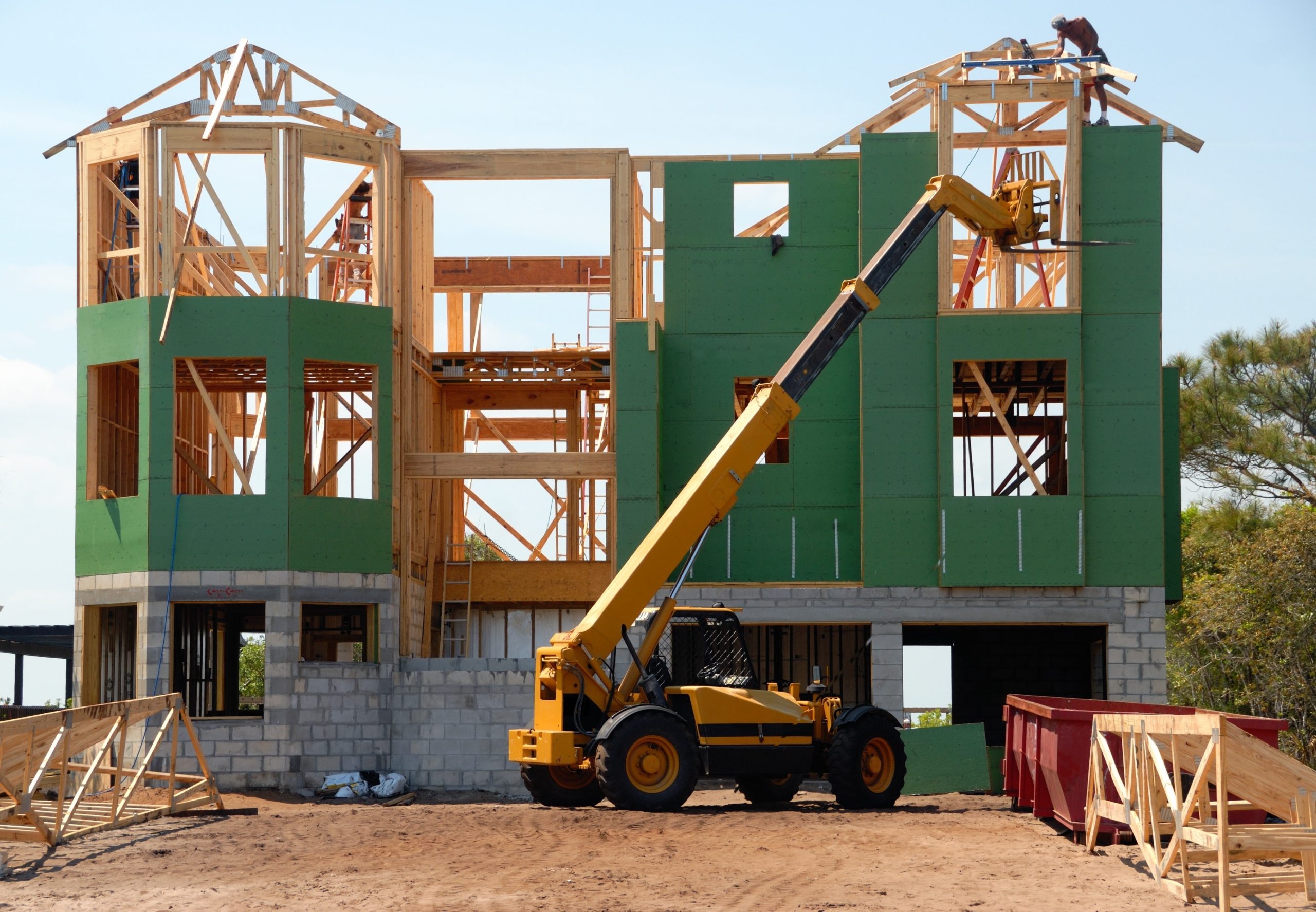The Must-Known Legislation To Let A Property Compliantly

Landlords, are you aware of the two main pieces of legislation that you need to comply with to remain safe and compliant?
In the ever-changing private rented sector, it can be difficult to keep up with the latest laws and regulations that govern this space. However, failing to meet the government’s requirements can result in serious consequences in the form of; notices, fines and prosecution.
That’s why we at Concentric Sales and Lettings are focused on helping you get the compliance information you need on all aspects of Landlord law. In this blog, we’re going to dive deeper into the two pieces of landlord legislation designed to ensure the safety of your tenants within your private rented properties. These two laws are The Landlord and Tenant Act 1985 and the more recent Homes for Fitness & Habitation Act 2020.
The Landlord and Tenant Act 1985
Section 11 of the Landlord and Tenant Act 1985 details a landlord’s obligation for repairs. Simply put, as a Landlord, you must ensure the safety of your rented properties.
Specifically, you must ensure that the air, space, water, and heating of the property are properly maintained and kept safe. The law also clearly states that you must carry out repairs on your properties as and when they are due.
This brings up the question – when are repairs due?
The legislation states that repairs should be carried out on a “reasonable timescale” based on when you are first notified of the repair requirement. “Reasonable” is somewhat subjective and difficult to define but generally depends on factors such as (a) whether or not the tenant is living in the property and (b) whether or not the severity of the repair warrants an urgent response.
Major repairs (as in water gushing through a ceiling) are required to be acted upon immediately. You, as a Landlord, should take all reasonable steps to carry out any maintenance work or repairs to the best of your ability. Some repairs may take time to be rectified, but as long as you have taken the steps that you can take, the law will consider it reasonable.
Protect Yourself Against Claims
We recommend that you always act as quickly as possible when carrying out repairs for your tenants. This is not just for the comfort of your tenants within your rented property. It is also one of the best ways to protect yourself from potential claims that the tenant may choose to pursue against you.
Under the law, tenants have the right to report any outstanding maintenance issues to the local authority. The council may then decide to carry out a full inspection which can often lead to a much longer list of repairs.
It’s important to remember that you are not the only person given responsibilities under Section 11. Tenants are also obligated to “behave in a tenant-like manner”, meaning that they are required to take care of the normal maintenance activities that keep the property clean and functional. This includes things like changing lightbulbs, keeping the drains clear, cleaning the gutters, and other similar activities. Now that we’ve covered the first piece of legislation for landlords let’s cover the second, more recent law.
Homes for Fitness & Habitation Act 2020
This law does not replace the one we’ve discussed but creates additional rights and responsibilities. Generally, it focuses on areas that are not necessarily covered under the Landlord and Tenant Act 1985. There are two key factors you should be aware of when it comes to this law.
First, this act gives tenants the right, for the first time, to take a Landlord to court for not maintaining their repairing obligations. The government has removed the requirement to first go to the local authorities and has enabled the tenant to go directly to the courts. Landlords must be aware of this change.
Secondly, Landlords are now responsible for hazards and repairs within communal areas throughout the tenancy. You are obligated from the moment the tenancy begins through to the conclusion of the tenancy to ensure that the property is fit for human habitation at all times. The only way to achieve this is through regularly inspecting the property. You must not rely on tenants to report repairs because they do not always do so.
Final Thoughts
Your main focus as a Landlord should be to ensure that your tenants are safe at all times. Failure to comply with these laws can result in; prosecution by the tenant in court, penalties issued by the local authority, fines, and improvement notices that can restrict your right to gain possession of your property.
With over 170 different pieces of legislation regulating the private rented sector, you may be wondering how to be compliant as a Landlord.
Fortunately, we have created several resources to help you stay safe, compliant, and up-to-date. That’s why we run a quarterly webinar hosted by Dawn Benett, where we spend 2 hours diving deep into various pieces of legislation that you need to know about. Click here to register for FREE today!

